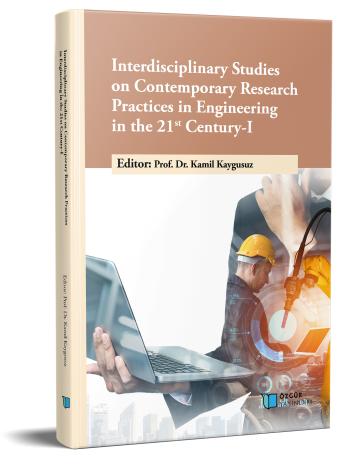
Design and Fabrication of Nonwoven Fabrics for Oil/Water Separation Applications
Chapter from the book:
Kaygusuz,
K.
(ed.)
2023.
Interdisciplinary Studies on Contemporary Research Practices in Engineering in the 21st Century- I.
Synopsis
Considering that oil spills and oil-containing wastewater seriously damaged to marine life ecosystems, sustainable, environmentally friendly, and efficient oil/water separation technology has become an inevitable trend for environmental pollution prevention. Fabric materials are accepted in the class of environmentally friendly materials for water treatment processes due to their low cost and good degradability. fabrics with natural hydrophilic/oleophilic properties provide super-wettable surfaces in the separation of oil/water mixtures and complex emulsions consisting of different components. Among the fabric types, nonwoven fabrics form a basis for the production of superhydrophobic nonwoven fabrics due to their short production processes, low costs, high mechanical properties, and three-dimensional porous structures. Superhydrophobic nonwoven fabrics are among the functional nonwovens researches due to their selective properties against water and oil, as well as their resistance to water and pollution, antibacterial activities, and self-cleaning properties. In this review, first of all, the theories of wettability and separation mechanisms depending on specific wettability are explained, and the effects of nonwoven fabric structure on superhydrophobicity are presented. Subsequently, nonwoven-based functionalized surfaces for oil-water separation applications reported in the literature are explained in detail and lastly, in the conclusion section the challenges and expected future research directions are indicated. Considering the recent interest in studies in which nonwoven fabrics are used as a base surface and the increase in publications, it is thought that this review will benefit researchers as a guide that systematically presents the current situation to guide the development of functional structures that separate oil/water.

